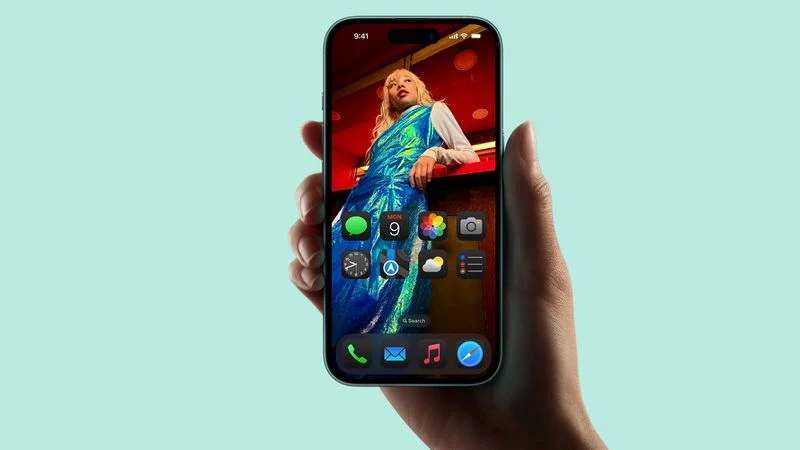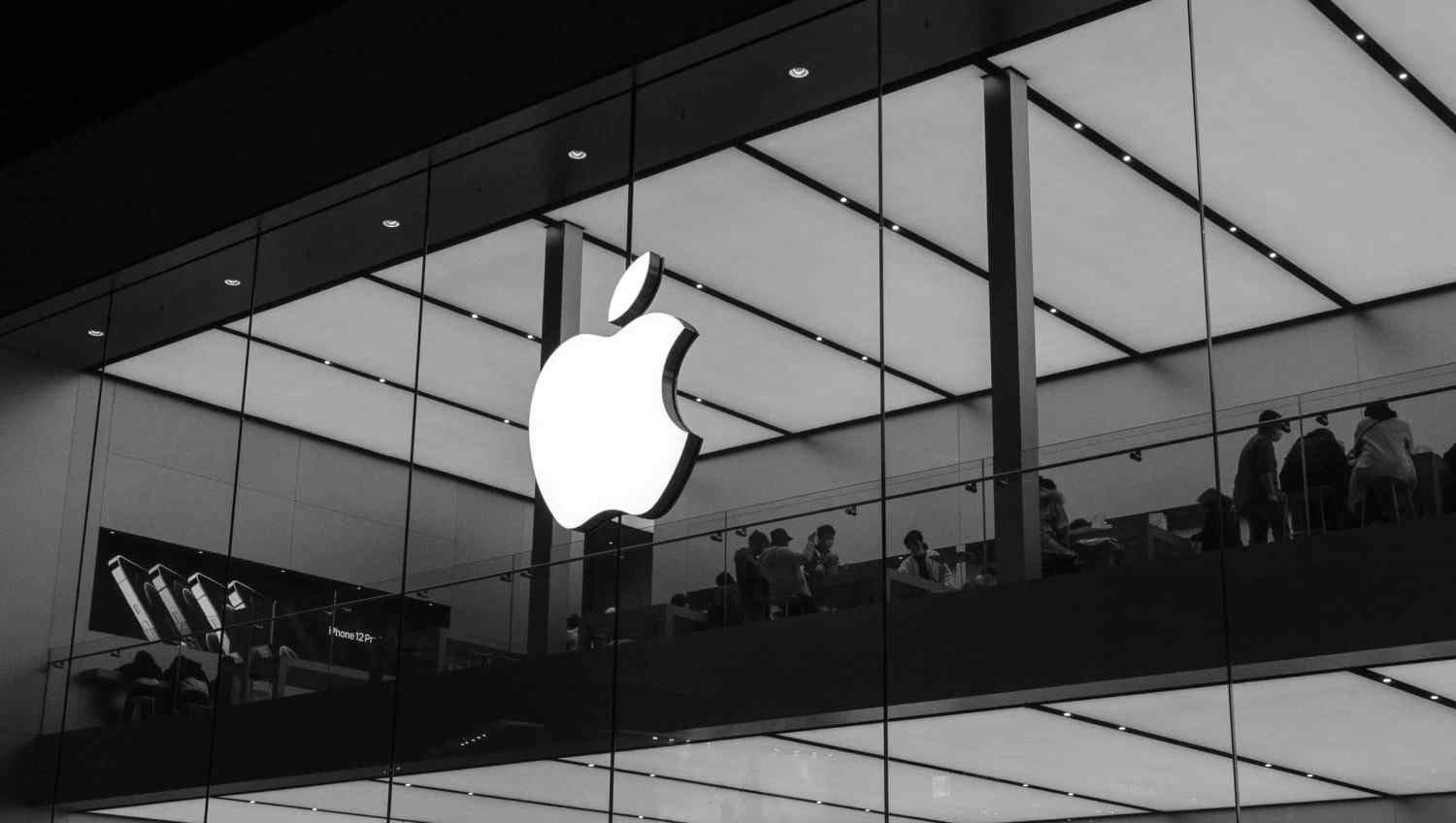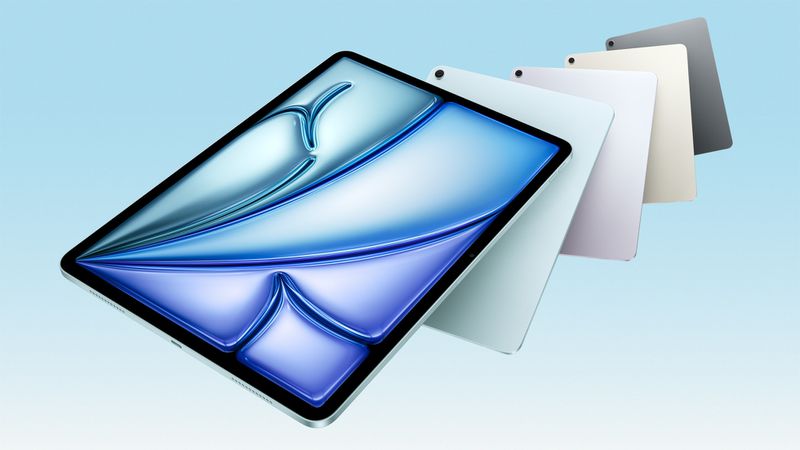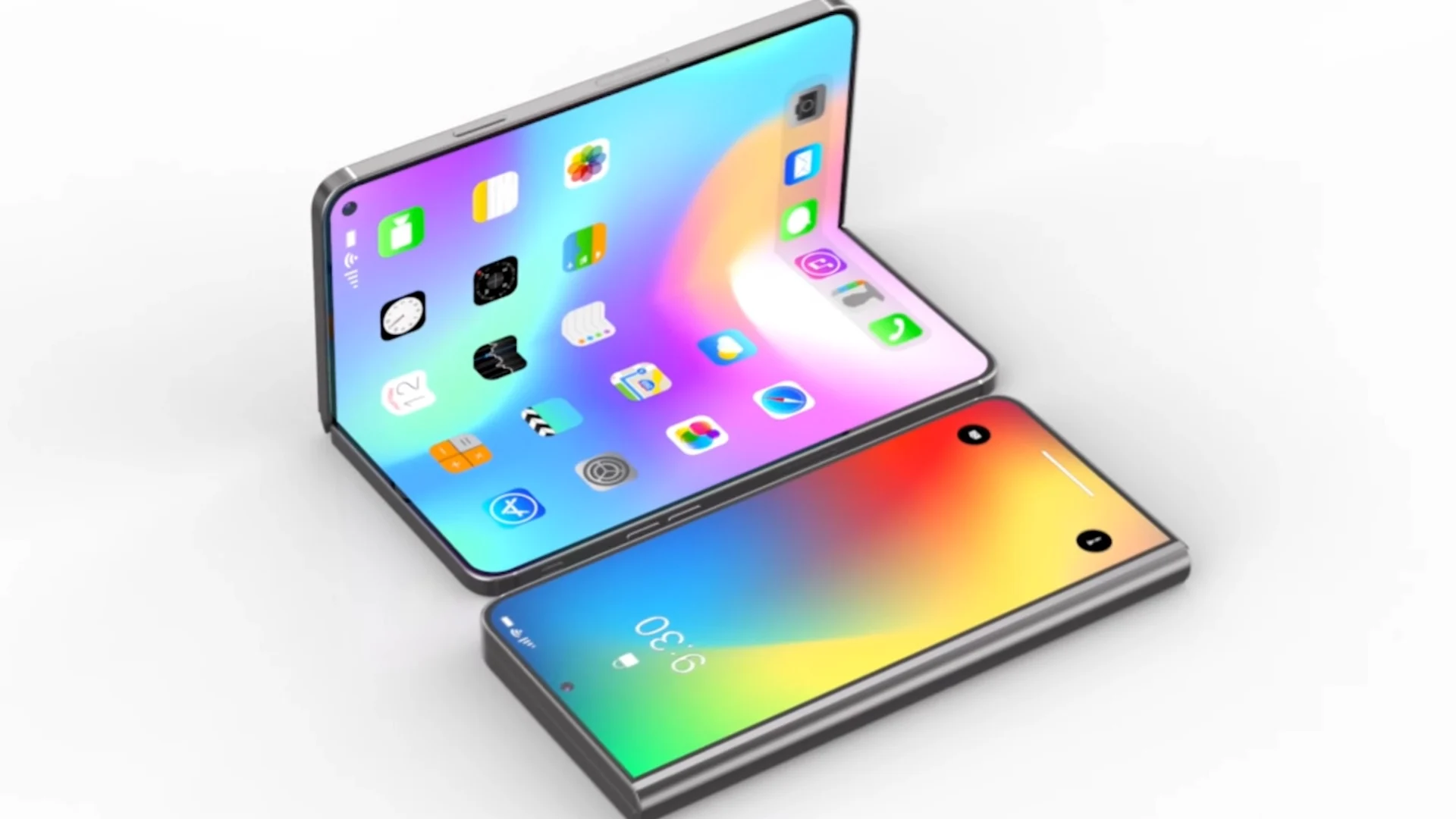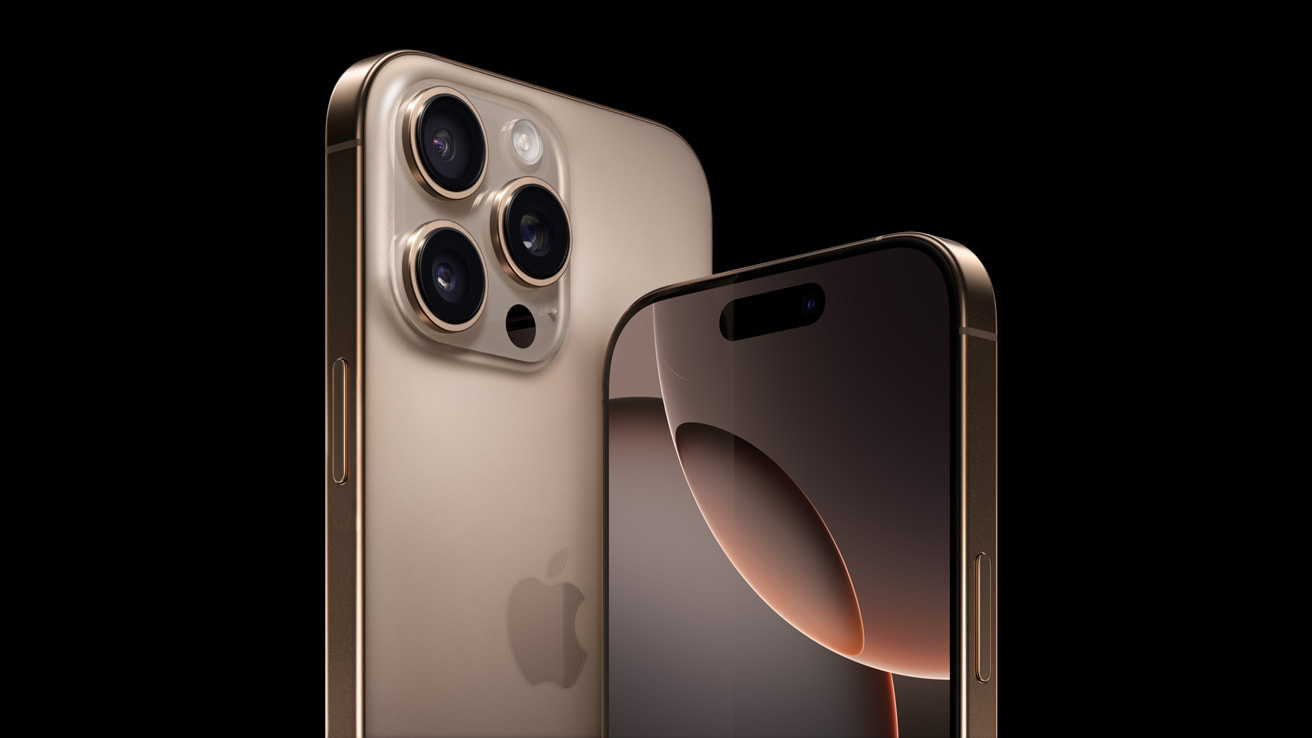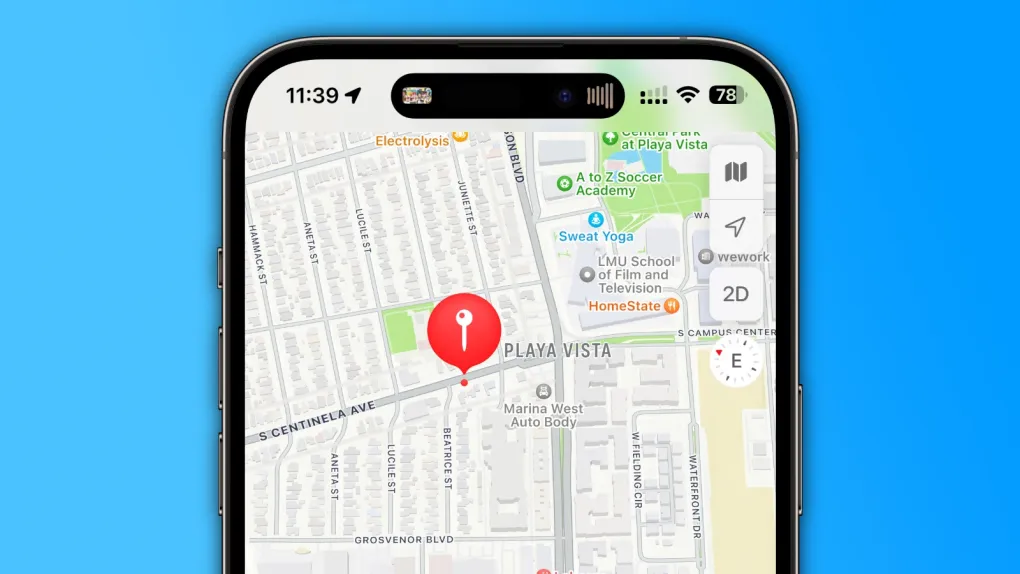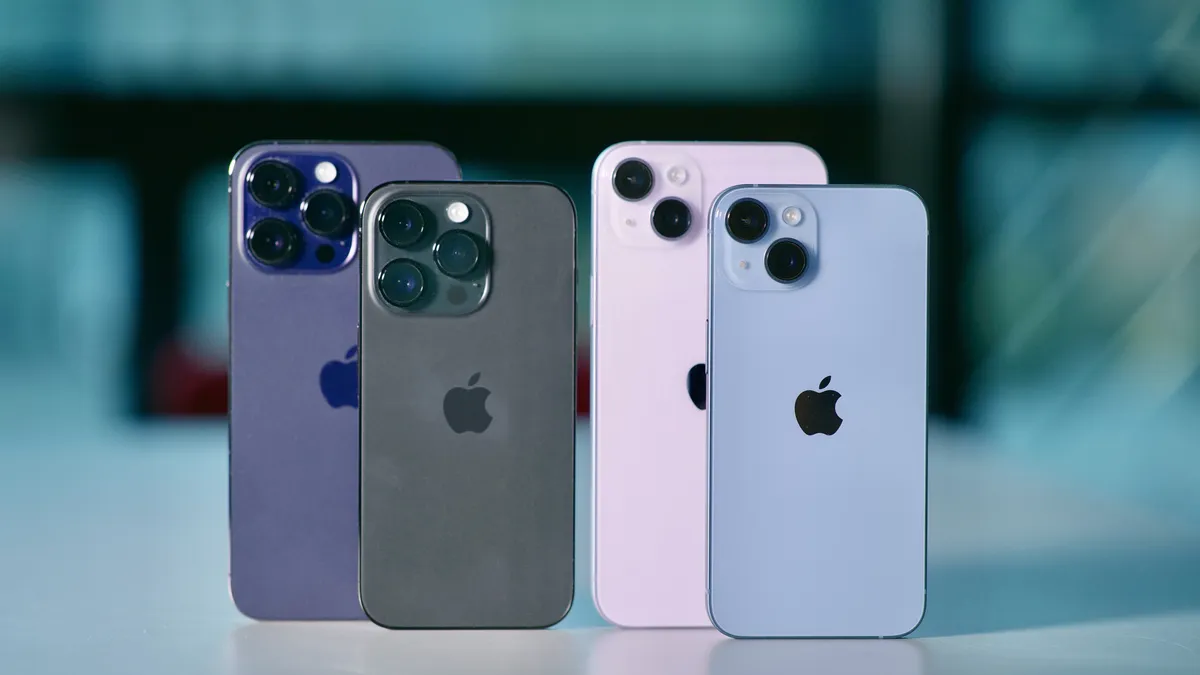Apple is reportedly changing its iPhone launch strategy for 2026. According to sources, the company will release its high-end iPhone 18 Pro and Pro Max models in fall 2026, alongside a new foldable iPhone and the iPhone 18 Air. The standard iPhone 18 will follow in spring 2027.
New Features and Designs
The foldable iPhone is expected to have a book-style design with a 5.7-inch outer display and an 8-inch inner display. The iPhone 18 Pro models might feature under-display Face ID, a first for the brand.
iPhone 17 Air: A Thinner Model with Tradeoffs
The iPhone 17 Air is expected to be thinner, but with a 20% shorter battery life compared to other models. To address this, Apple might revive its Smart Battery Case accessory, discontinued after switching to USB-C. This case would contain a battery pack to help users get through the day.
Production Plans
Apple is manufacturing the less expensive iPhone models in India to reduce reliance on Chinese manufacturing. The company has reserved 10% of its iPhone manufacturing capacity for the iPhone 17 Air, with conservative estimates due to demand uncertainty. The iPhone 17 Pro Max is expected to account for 40% of production, while the standard iPhone 17 and iPhone 17 Pro will take up 25% each.
